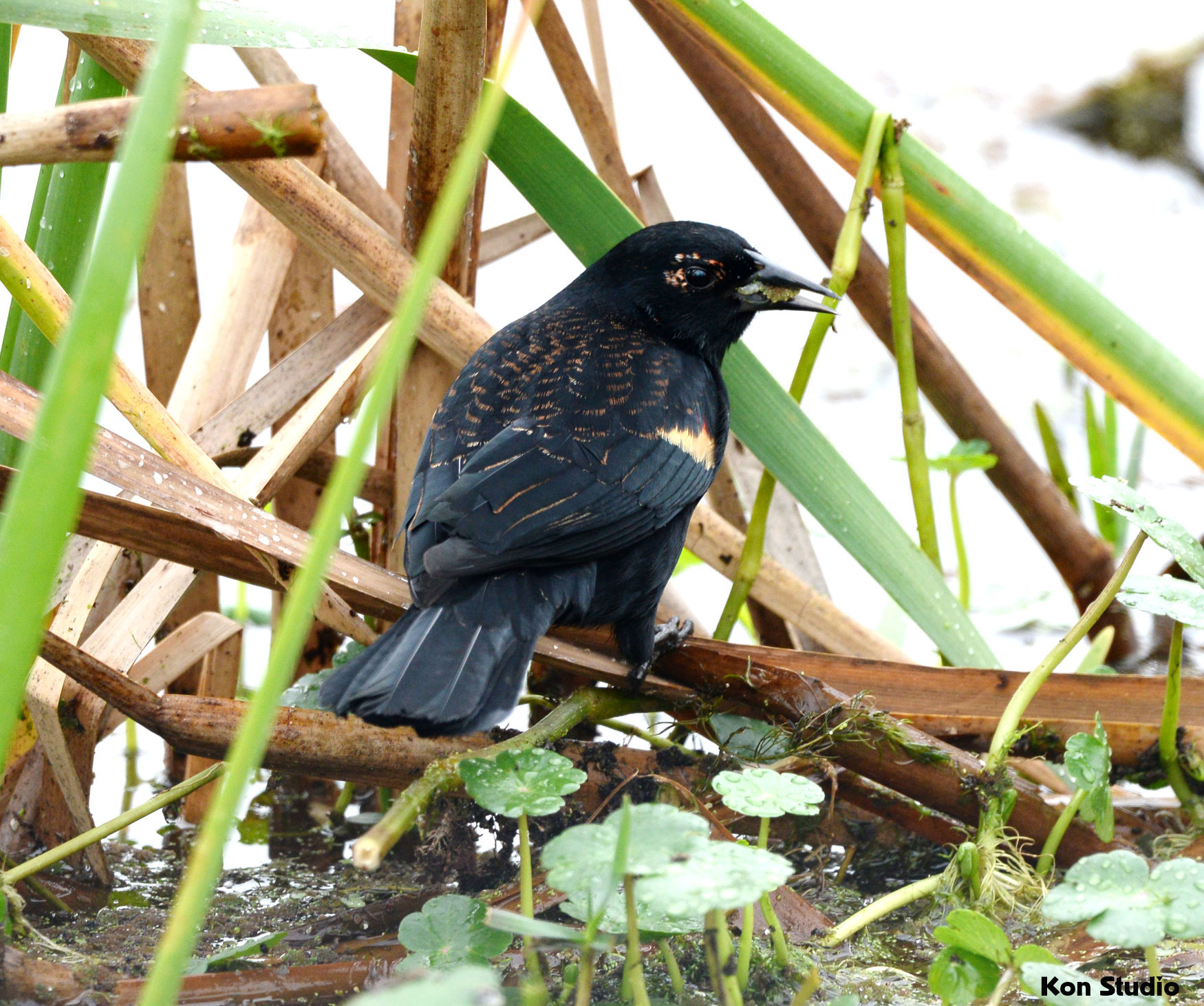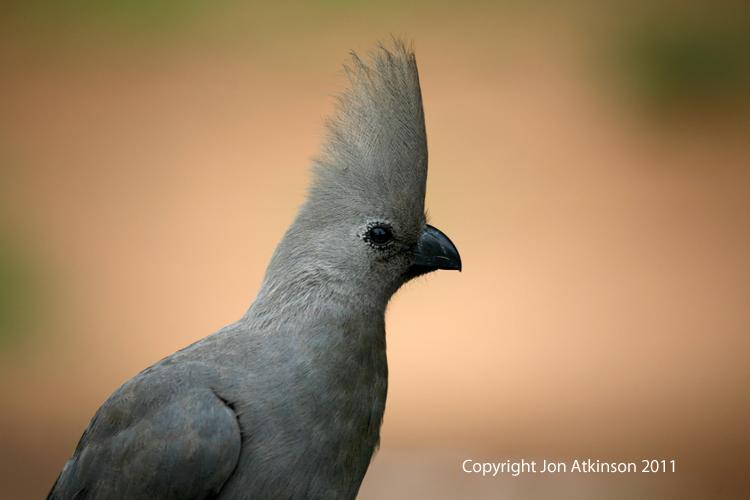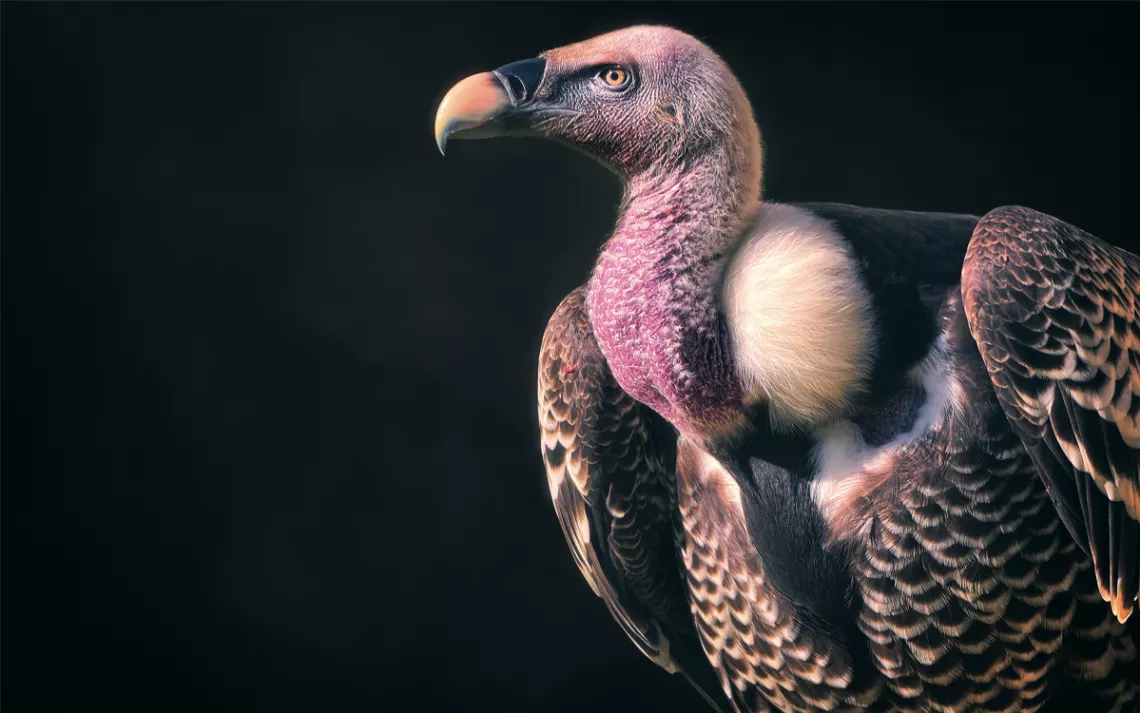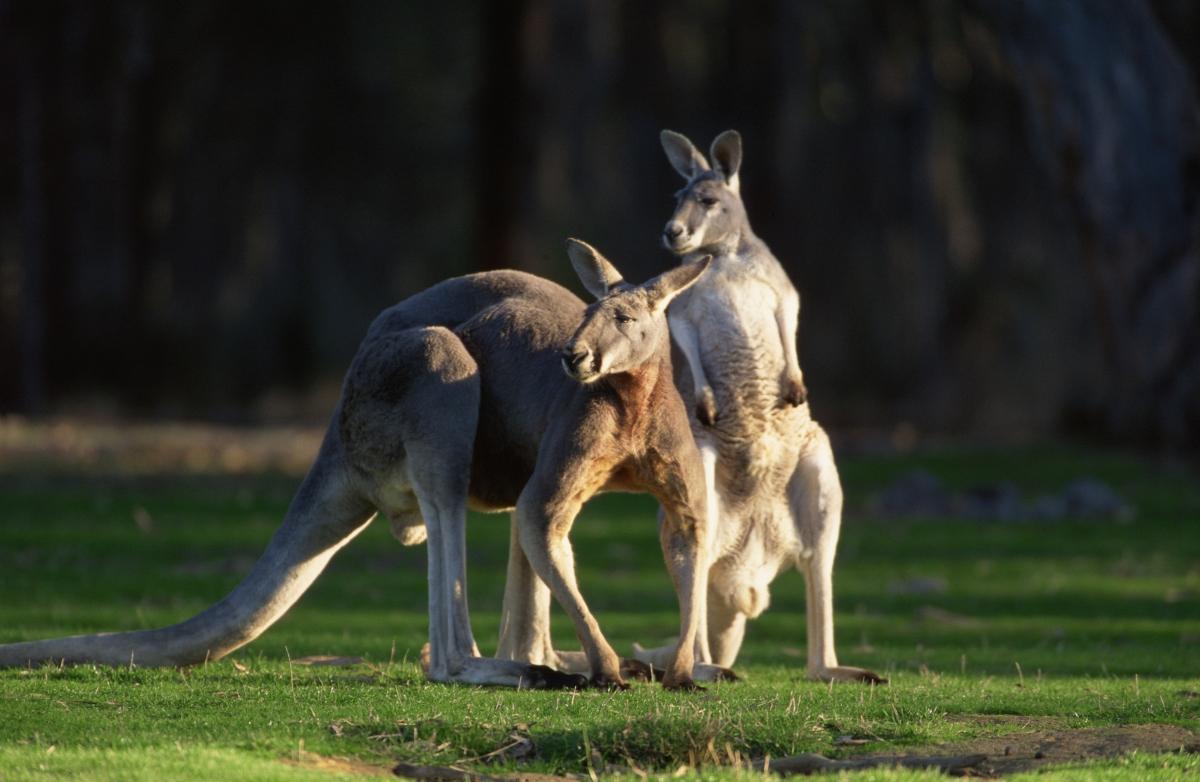Black Birds With Yellow Beaks
Understanding the Allure of Black Birds with Yellow Beaks
- Understanding the Allure of Black Birds with Yellow Beaks
Black birds with yellow beaks are an enchanting sight. Their striking plumage contrasts crisply against their vivid beaks, capturing the attention of bird watchers, photographers, and nature enthusiasts alike. In this comprehensive guide, we delve into the fascinating world of these birds, exploring various species, their habitats, and behaviors.
Table of Contents
- Introduction to Black Birds with Yellow Beaks
- Top Black Birds with Yellow Beaks Species
- Habitats of Black Birds with Yellow Beaks
- Behavior and Diet
- Conservation Status
- How to Spot and Attract These Birds
- Fun Facts about Black Birds with Yellow Beaks
- Conclusion
- FAQs
Introduction to Black Birds with Yellow Beaks
Black birds with yellow beaks are diverse, ranging from small songbirds to large tropical species. They are widespread across various continents, adapting to different climates and environments. The yellow beak is not just a feeding tool but often a critical part of their mating displays.

Top Black Birds with Yellow Beaks Species

European Starling (Sturnus vulgaris)
- Description: Medium-sized, with a glossy black plumage and bright yellow beak.
- Habitat: Urban areas, farmlands, and open fields.
Alpine Chough (Pyrrhocorax graculus)
- Description: A sleek body with shiny black feathers and a distinctive yellow beak.
- Habitat: Mountainous regions, high-altitude rocky outcrops.
Common Blackbird (Turdus merula)
- Description: Males are jet black with a yellow-orange beak; females have subdued tones.
- Habitat: Gardens, woodlands, and parks.
Yellow-billed Magpie (Pica nuttalli)
- Description: A member of the crow family with a long tail and a striking yellow beak.
- Habitat: Oak woodlands of California.
Habitats of Black Birds with Yellow Beaks
Black birds with yellow beaks are found in a variety of settings, allowing for a diverse audience to enjoy their beauty. While some prefer the high altitudes of mountain ranges, others thrive in bustling cityscapes and agricultural lands.

Behavior and Diet
Initially, these birds exhibit a wide range of behaviors, from the intricate social systems of starlings to the solitary existence of the Yellow-billed Loon. As for their diet, they tend to be omnivores, often feeding on insects, seeds, and fruits.
Conservation Status
Many black bird species with yellow beaks are of least concern; however, habitat destruction and climate change have led to declining numbers in certain areas. This calls for increased conservation efforts to ensure their sustained presence in the environment.
Dollar General Dress Code Policy 2022
How to Spot and Attract These Birds
Observing in the Wild
- Look for them in their natural habitats: Know where to go, from urban parks to high mountain ranges.
- Use binoculars: A good pair of binoculars can help you spot them from a distance without disturbing them.
Attracting to Your Garden
- Provide food sources: Such as bird feeders with a variety of seeds and fresh fruits.
- Install a bird bath: Clean water will draw them in for drinking and bathing.
- Plant native species: Encourage the local ecosystem which, in turn, attracts these birds.
Fun Facts about Black Birds with Yellow Beaks
- Molt Dynamics: Some species' beak color may change depending on the season.
- Social Structure: European Starlings are known for their spectacular murmurations.
- High Altitudes: Alpine Choughs are famous for living at elevations higher than any other bird species.
Conclusion
Black birds with yellow beaks add a sprinkle of magic to our everyday lives with their contrasting colors and melodious songs. Preserving their habitats and understanding their behaviors is essential for their survival and continued fascination.
FAQs
Where Does Costco Chicken Come From
Q: Can black birds with yellow beaks be found in urban areas? A: Yes, particularly species like the European Starling thrive in city environments.
Q: Are all black birds with yellow beaks the same size? A: No, they vary greatly in size, from the small Common Blackbird to the larger Yellow-billed Magpie.
Q: Is it easy to spot these birds? A: It depends on their habitat and behavior, but many of them are quite conspicuous due to their striking coloring.
Remember, observing these creatures in their natural environment, while maintaining a respectful distance, allows us to appreciate their beauty without disrupting their way of life.





